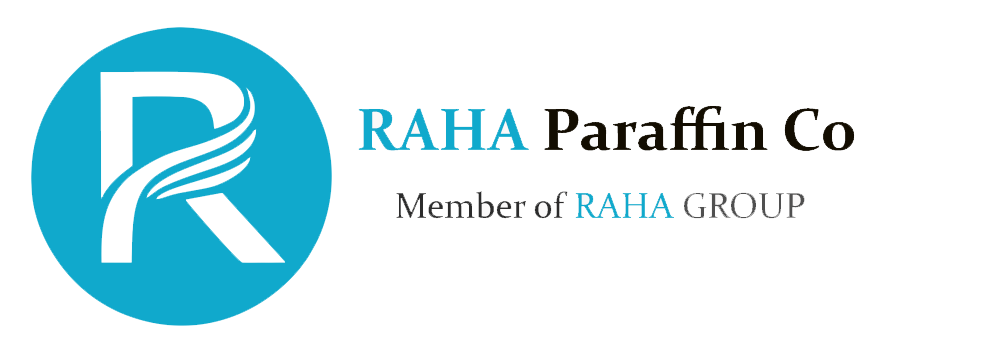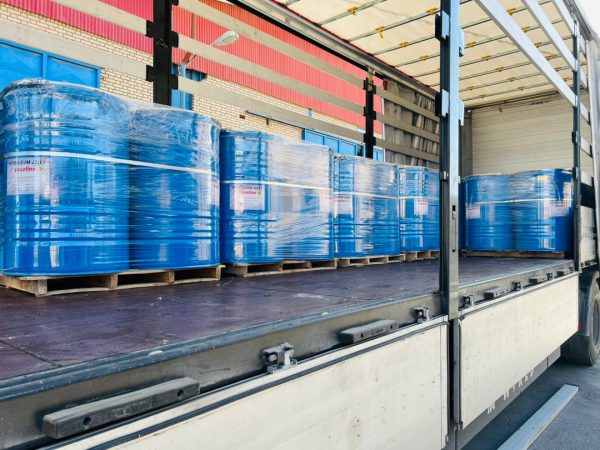
Cosmetic Petroleum Jelly Supplier
Description of petroleum jelly cosmetic grade
Petroleum jelly cosmetic grade is a semi-solid mixture of hydrocarbons (with carbon numbers mainly higher than 25), petroleum jelly cosmetic grade is promoted as a topical ointment for its healing properties. After petroleum jelly cosmetic grade became a medicine chest staple, consumers began to use it for myriad ailments and cosmetic purposes, petroleum jelly folkloric medicinal value as a “cure-all” has since been limited by the better scientific understanding of appropriate and inappropriate uses. The best quality type of petroleum jelly for cosmetic industry No smell, extra white color is the most important specification of it.
Application of cosmetic petroleum jelly supplier
Medical treatment, skin and hair care, moisture loss, hair grooming, skin lubrication, product care and protection, coating, finishing, lubrication, production processes, surface cleaning, pet care, most of the ointments, creams for current or cosmetic uses are produced by using cosmetic petroleum jelly.
Production Process Of Cosmetic Petroleum Jelly
The production of petroleum jelly involves several steps, including the refining and processing of crude oil.
Here’s an overview of the production process:
- Crude Oil Refining: Petroleum jelly is derived from crude oil. The first step is the refining of crude oil in a petroleum refinery. Crude oil is heated, and different components are separated based on their boiling points. During this process, a semi-solid substance known as “slack wax” is obtained.
- Deoiling: The slack wax obtained from crude oil refining contains a mixture of oil and wax. To separate the wax from the oil, the slack wax is mixed with a solvent, such as hexane. The wax dissolves in the solvent, while the oil remains separated.
- Filtering and Distillation: The solvent-wax mixture is then filtered to remove any impurities or solid particles. The solvent is distilled off from the wax to recover it for reuse in the process.
- Hydrogenation: The deoiled wax may undergo a hydrogenation process to remove any unsaturated hydrocarbons and make the product more stable. This involves exposing the wax to hydrogen gas at elevated temperatures and pressures.
- Cooling and Solidification: The purified wax is then cooled and allowed to solidify. It can be formed into blocks, slabs, or other shapes for packaging.
It’s important to note that the specific details of the production process may vary slightly from one manufacturer to another. Additionally, the quality and purity of the crude oil used can affect the quality of the final petroleum jelly product. Manufacturers typically adhere to strict quality control standards to produce a safe and effective product for various applications, including skincare.
Packing of petroleum jelly cosmetic grade
Petroleum jelly cosmetic grade is packed in new steel or PE 190 kg drums. Each 20-foot container can be loaded 80 drummed of petroleum jelly. We are flexible to change packing type according to the customer demand such as 25 Kg, 50 Kg and 90 Kg drums. The best economical option is to use 40 Ft. containers which contains 145 drums.
Analysis of petroleum jelly cosmetic grade A
The best quality kind of petroleum jelly for cosmetic industry without smell, white color is the most important specification of it.
| NO | CHARACTERISTIC | RESULT | ACCEPTED LIMIT | METHOD |
| 1 | Kinematic viscosity at 100 ˚C | 6.2 cSt | 6-8 cSt | ASTM D-445 |
| 2 | Congealing Point | 57.5 ˚C | 54-58 ˚C | ASTM D-938 |
| 3 | Penetration Consistency | 127 (0.1 mm) | 120-130 (0.1 mm) | ASTM D-937 |
| 4 | Color (Lovibond) | 0.7 Y | Max 0.7 Y | IP-17 Method A 2 cell |
| 5 | Acidity or Alkalinity | Passed | According to test method | B.P 2007 |
| 6 | Odor | Passed | Odorless when rubbed on hand | ——- |
Cosmetic Grade Cosmetic Grade B
Petroleum jelly for cosmetic uses The only difference with grade A is the color which is snow white instead of extra snow white.
| NO | CHARACTERISTIC | RESULT | ACCEPTED LIMIT | METHOD |
| 1 | Kinematic viscosity at 100 ˚C | 5.8 cSt | 4.5-6 cSt | ASTM D-445 |
| 2 | Congealing Point | 55.5 ˚C | 50-54 ˚C | ASTM D-938 |
| 3 | Penetration Consistency | 140 (0.1 mm) | 130-150 (0.1 mm) | ASTM D-937 |
| 4 | Color (Lovibond) | 1 Y | Max 1.1 Y | IP-17 Method A 2 cell |
| 5 | Acidity or Alkalinity | Passed | According to test method | B.P 2007 |
| 6 | Polycyclic aromatic Hydrocarbons |
Passed | Not more than absorbance of solution 6 mg/l Naphthalene in DMSO@278 nm | B.P 2007 |
| 7 | Light Absorbance 0.05% w/v in trimethyl pentane 290 nm |
0.13 | Not more than 0.5 | B.P 2007 |
| 8 | Odor | Passed | Odorless when rubbed on hand | ——- |


